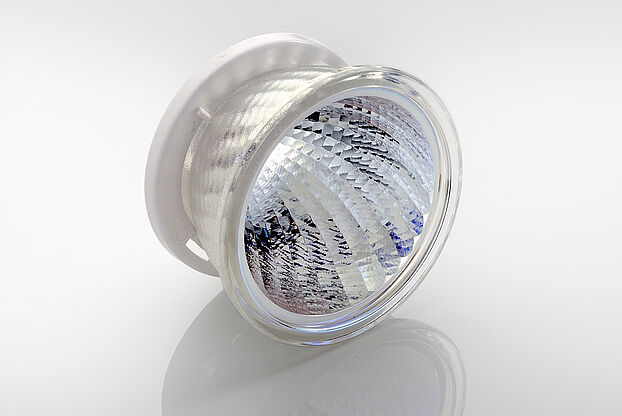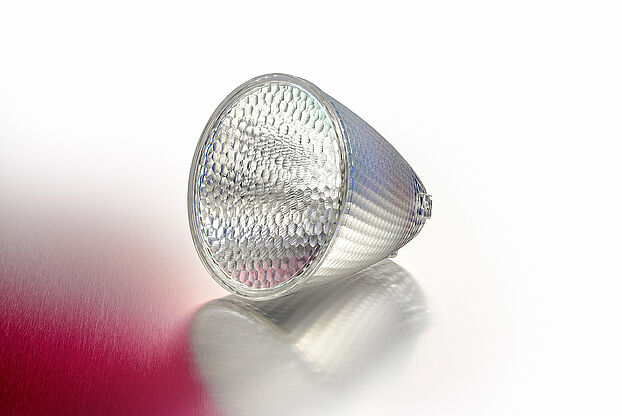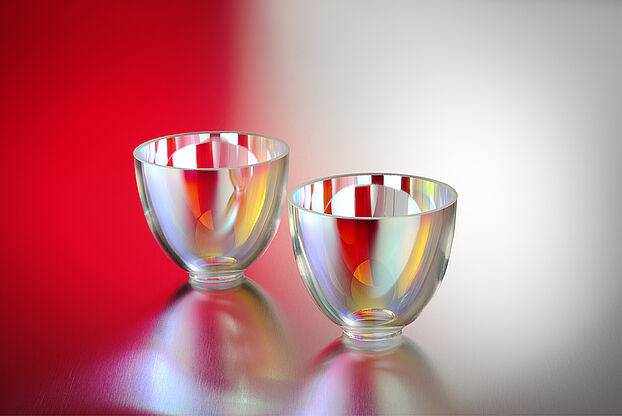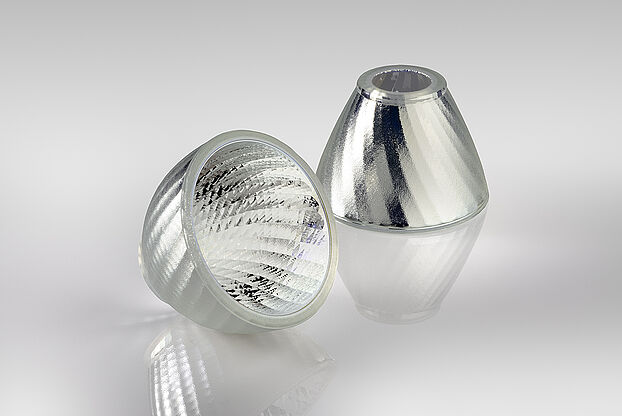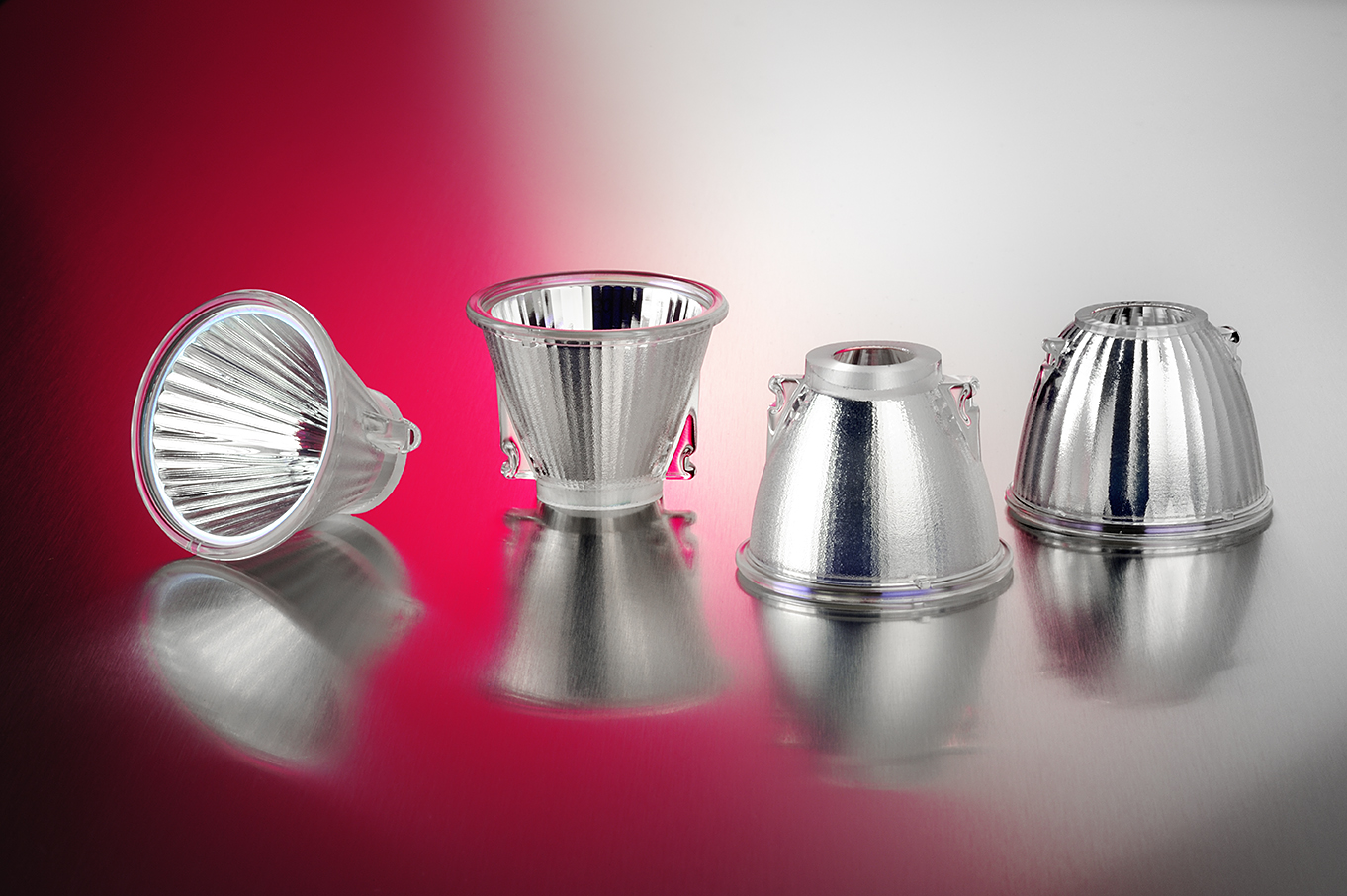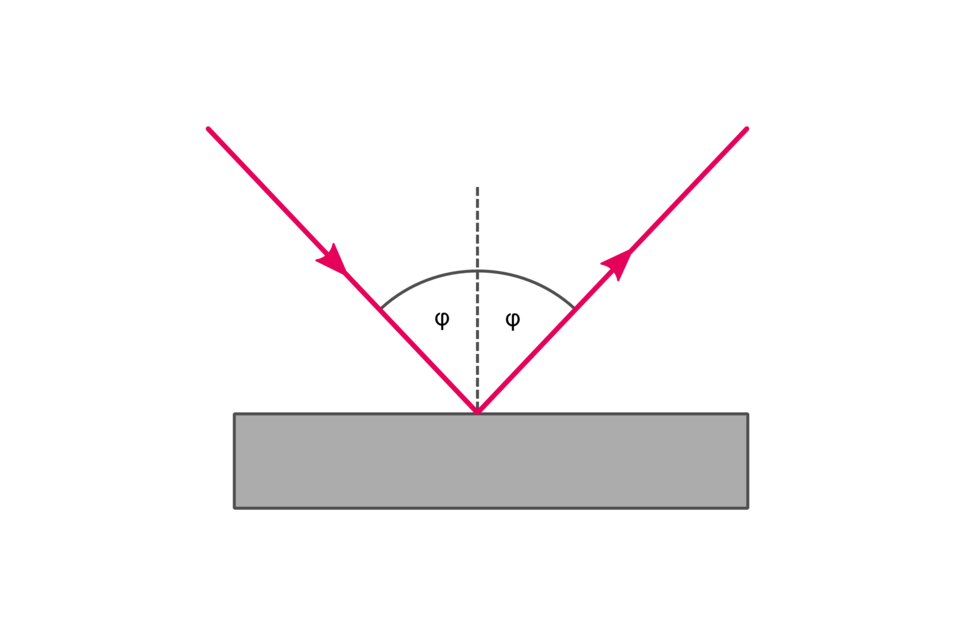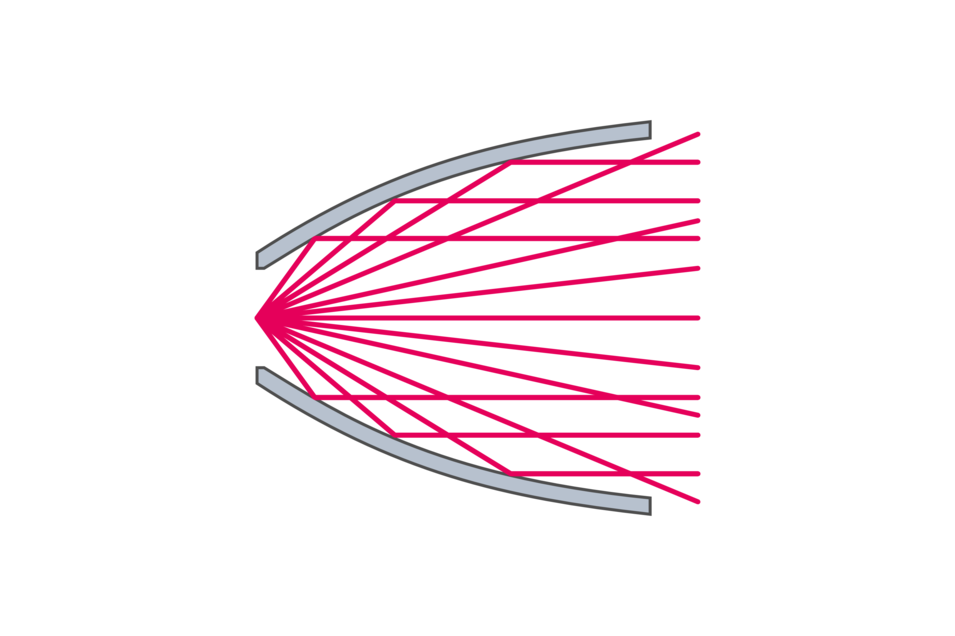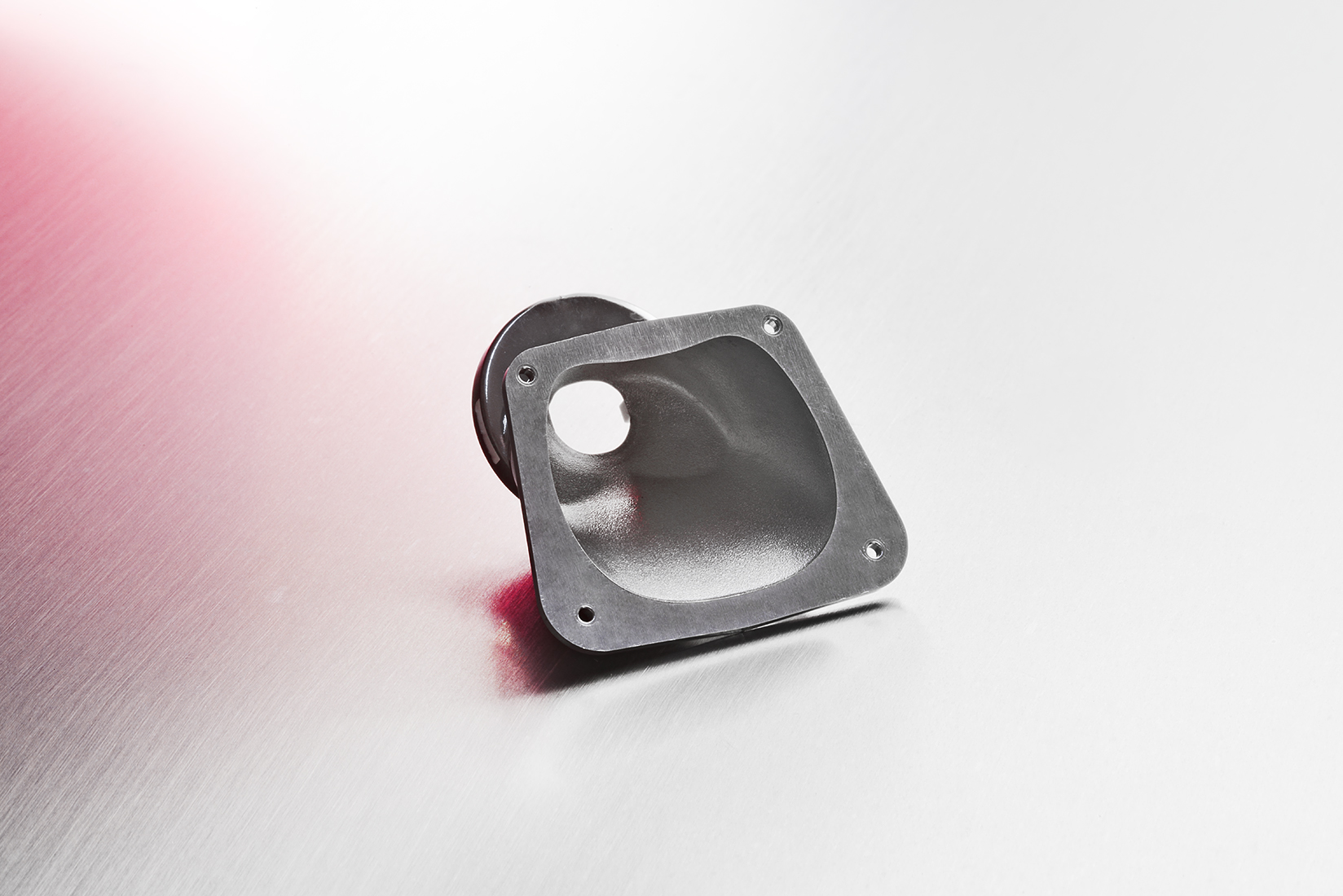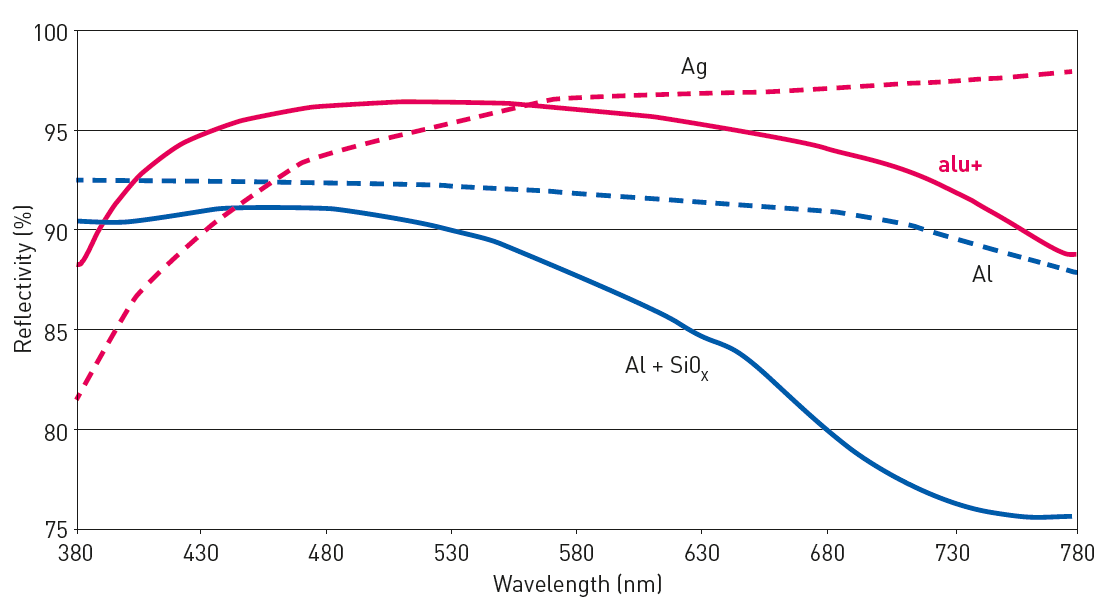The main purpose of every optical element - guiding the light - can be accomplished by two different means: reflection and refraction. In the latter case light enters the optical medium and is redirected at each surface transition while in the former case it only interacts with the surface itself and never enters the medium.
The majority of reflective optics utilizes a single surface to provide the function. This is sufficient for all but the most sophisticated applications and results in very efficient systems.
Almost all LEDs exhibit a color deviation depending on the angle of emission. A blank surface might direct the differently colored light into different angles without any mixing and might lead to visible color rings. Smooth surfaces are usually not used with reflectors but instead sub-surfaces, facets, are applied to alleviate all mentioned side-effects.
In the end the optical designer can choose those facets which are perfectly matching the reflector contour from an aesthetical standpoint. This is a key element not to be underestimated when a reflector is directly visible in a luminaire or plays a dominant role in its appearance.
